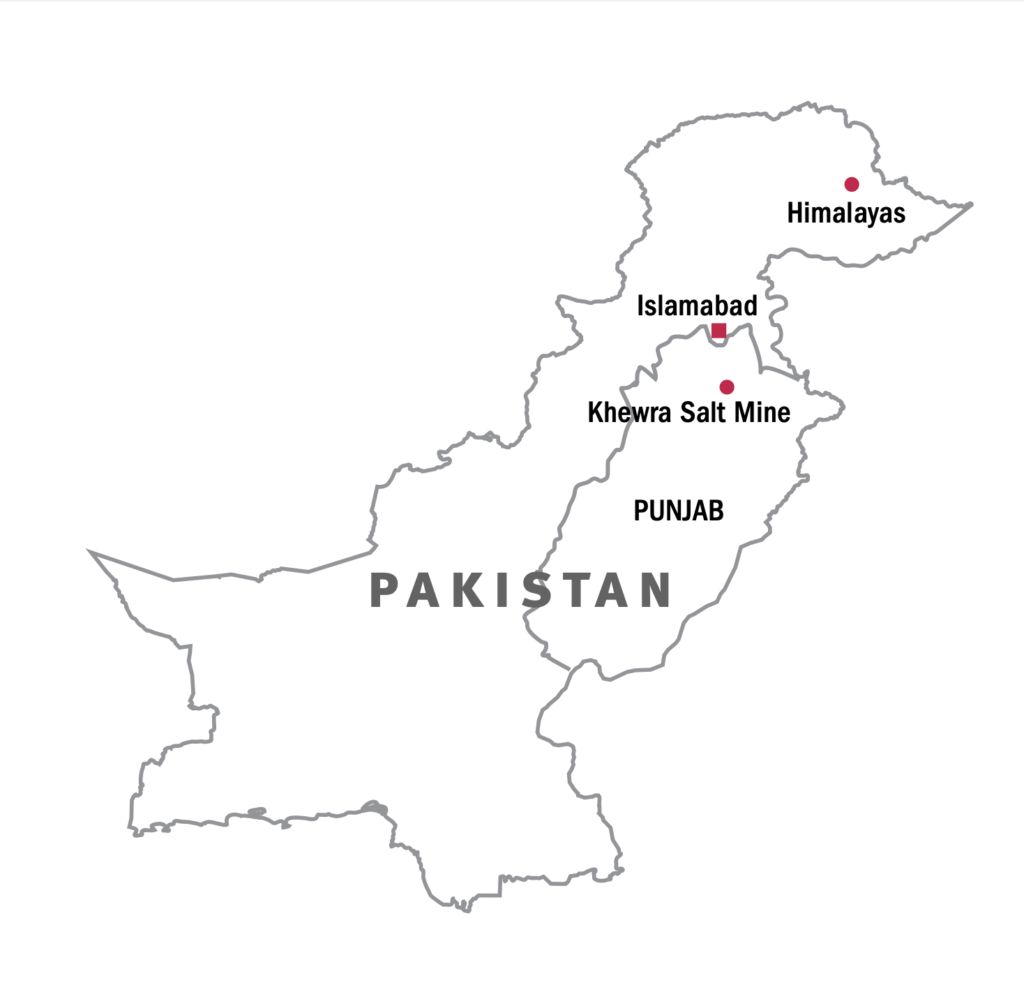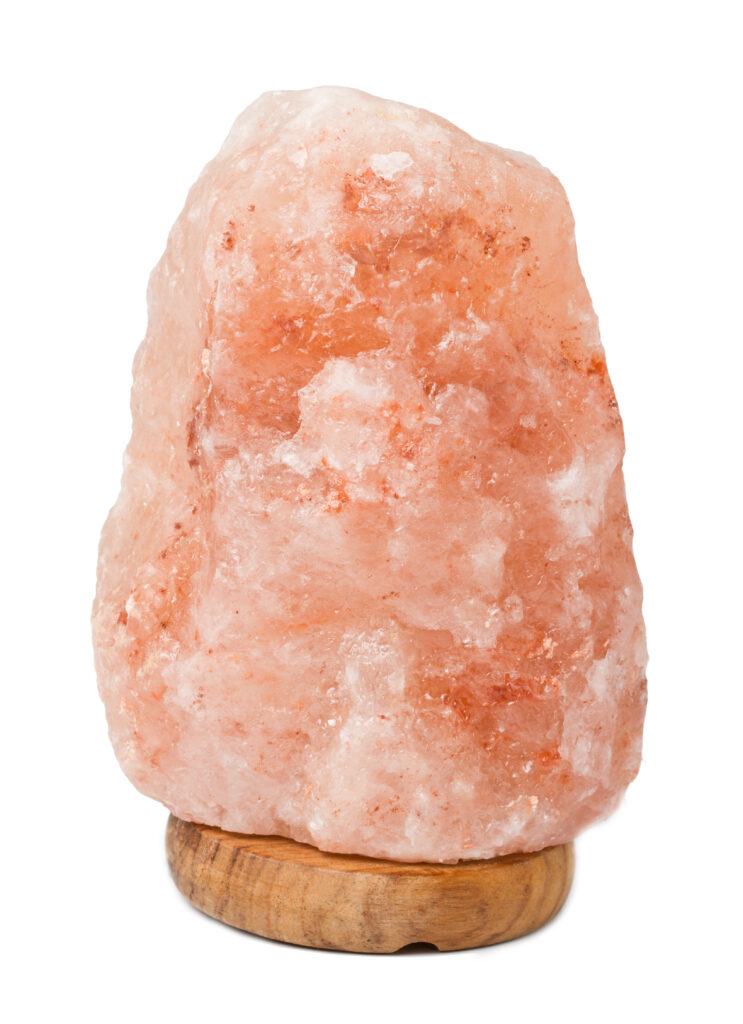
It’s probably no better for you than regular salt, and it doesn’t actually come from the Himalayas, but pink salt has some history behind it – and it’s here to stay
According to local legend, it was none other than the exalted historical figure Alexander the Great (356–323 BCE) who discovered pink salt, otherwise known as Himalayan salt, when he noticed his horses licking the salt on the ground. However, the first records of mining are actually from the 13th century, and Himalayan salt is, in fact, mined from the Punjab region of Pakistan – more than 300 kilometres from the closest point in the Himalayan mountain range. Formed around 550 million years ago, these lucrative salt deposits are much like any other salt in terms of basic composition. But why exactly is this salt pink? The answer lies mainly in its high iron oxide content, which results in a distinctive rose-coloured hue. Analysis of samples of Himalayan salt has also revealed trace amounts of calcium, iron, copper, zinc, chromium, magnesium, potassium and sulphate, though all at safe levels below one percent.
The rock salt is mostly mined at the Khewra Salt Mine in northeastern Punjab, the second-largest salt mine in the world (after the Goderich salt mine in Ontario, Canada). It is comprised of a network of roughly 40 kilometres of tunnels, and it even has its own mosque and post office. The main ground- level tunnel was dug in 1872, during British rule. From this tunnel, the mine extends more than 700 metres into the mountains. Several hundred miners work in the mine daily, using drills, pickaxes, and gunpowder to extract the salt deposits.
Large blocks of salt are brought to the surface and then carried away in tractor trailers to the factory. Workers sort the chunks of salt by size before the material moves to the factory floor, where it is processed and packaged. Much of it is exported in bulk and processed in other countries. While the distinctive pink salt is principally used to flavour food, it is also fashioned into a wide variety of products, from bath scrubs to ashtrays to shot glasses. By hollowing out a block and placing a light source inside, the salt is transformed into a decorative lamp that radiates a pleasing pink or orange glow.
So, if you always thought salt ought to be white, it might be time to let a little colour into your life. The next time someone asks you to “pass the salt”, make ag sure your grinder is packed with the pink stuff.
While the distinctive pink salt is principally used to flavour food, it is also fashioned into a wide variety of products, from bath scrubs to ashtrays to shot glasses.

HIMALAYAN SALT ISN’T REALLY FROM THE HIMALAYAS
Pink salt is mined from Punjab’s Salt Range, which extends along the south of the Potohar Plateau and the north of the Jhelum River. The largest mine, Khewra Salt Mine, is estimated to have total salt reserves of between 80 and 600 million tonnes, enough to last for hundreds of years at the current rates of extraction.

SALT OF THE EARTH?
Some say that salt lamps release ions that are beneficial for health. Himalayan salt lining the walls of spas and used
in salt-inhalation spa treatments has also been claimed to have similar health benefits. Sadly, there is little scientific evidence to support this.
DID YOU KNOW?
Yearly, over 360,000 tonnes of pink salt is mined from Pakistan’s Khewra Salt Mine. That’s more than the weight of the Empire State Building in New York City.
For more stories from this upcoming Asian Geographic Pink Edition No.160, please subscribe at https://shop.asiangeo.com










